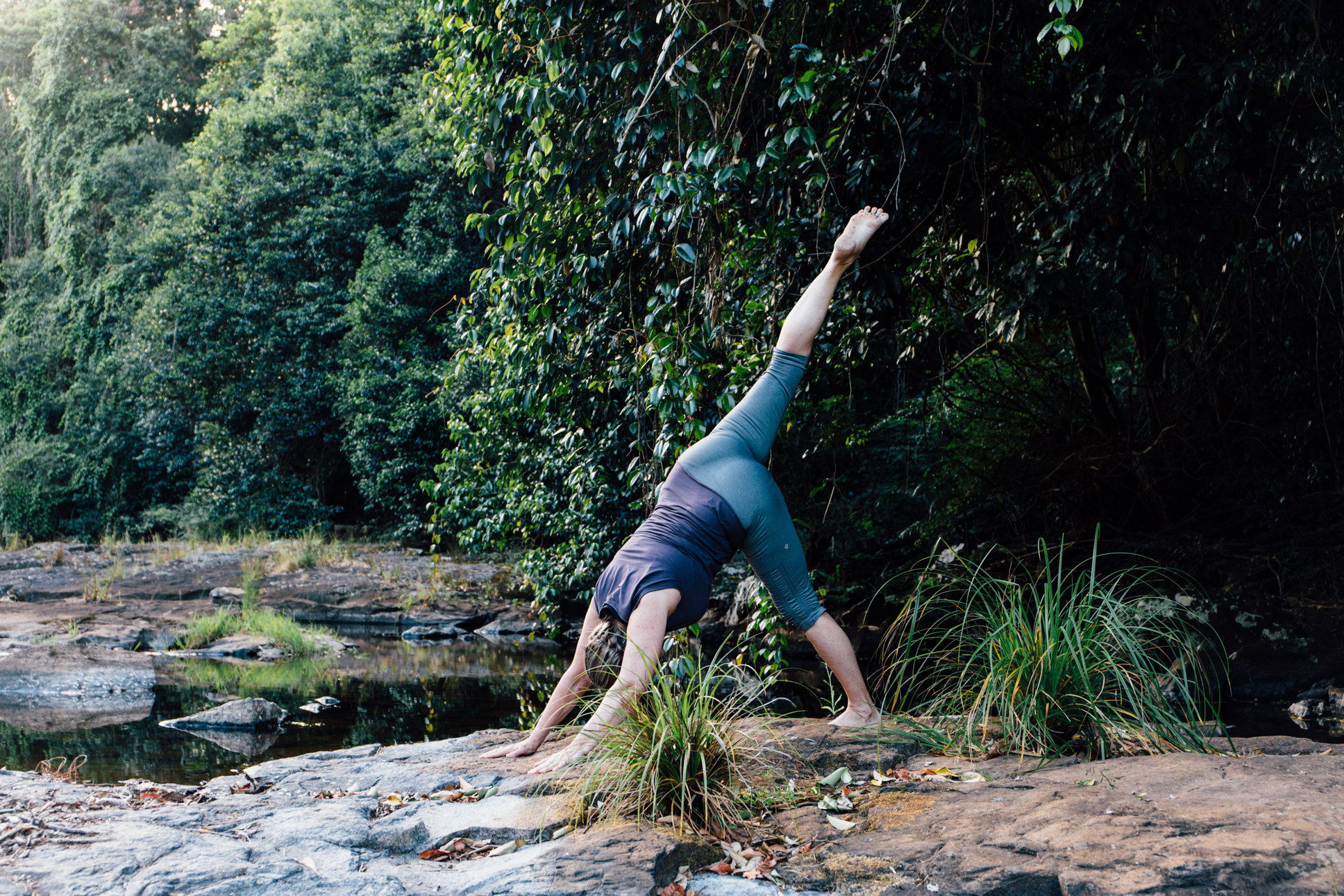Blog
18
Nov

Full Yogic Breath
When we learn to breathe correctly and oxygenate all the cells in our body more fully, there are many benefits especially if we’re feeling stressed, being able to bring the breath deep down into the lower lobes of our lungs has a relaxing effect. Beginning each yoga class with this practice allows us to be fully present and experience yoga in a relaxed state enabling the postures to be more effective. We will be more aware of what we are doing and find where our awareness goes our energy goes. We will be conscious of working within our limits and prevent injury. We notice the relaxed breath is quiet and slow conversely the stressed breath is fast and louder. During stressful times or when anxious our chest becomes tight and breathing becomes laboured and shallow. Poor breathing has many physical effects such as headaches, dizziness and fatigue. How we breathe effects our quality of life, our physical and mental health in a very direct way. There is a natural cycle governing the flow of each nostril which changes every 90 minutes or so. One nostril becomes more dominant than the other and stimulates the many nerve endings in our nostrils and effects the opposite brain hemisphere’s regulation. Sit and observe which nostril is more dominant and when it changes. When practicing yoga It’s important to breathe through the nostrils. This practice enables any particles in the air to be caught by the nasal hair and stick to the mucous. The air is also cooled down or warmed up when required. The full yogic breath has a massaging effect on our internal organs, stimulates blood flow, increases digestion, oxygenates the blood and strengthens the diaphragm. Try it for 5 mins every morning to change the focus of your day or before sleep to create a more restful sleep.



Leave a Reply